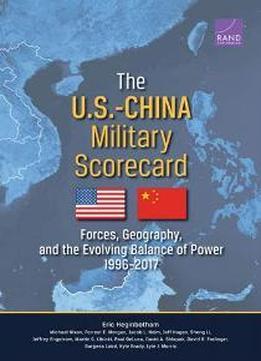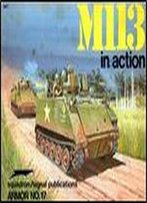
The U.s.-china Military Scorecard : Forces, Geography, And The Evolving Balance Of Power, 1996-2017
2015 / English / PDF
5.9 MB Download
A RAND study analyzed Chinese and U.S. military capabilities in two scenarios (Taiwan and the Spratly Islands) from 1996 to 2017, finding that trends in most, but not all, areas run strongly against the United States.
Over the past two decades, the Chinese People’s Liberation Army (PLA) has transformed itself from a large but antiquated force into a capable, modern military. In many areas, its technology and skill levels lag behind those of the United States, but it has narrowed the gap. Moreover, it enjoys the advantage of proximity in most plausible Asian conflict scenarios and has developed capabilities that capitalize on that advantage. How would Chinese and U.S. forces perform in operations against one another in such a conflict? What is the balance of power? What are the prospects for deterrence, and what can be done to strengthen them?
This volume examines relative U.S. and Chinese military capabilities in ten operational areas, covering the air and missile, maritime, space and counterspace, cyber, and nuclear domains. It looks at trends across time, from 1996 to the present, as well as potential developments through 2017. And it examines the impact of distance and geography on military power by assessing capabilities in the context of two scenarios at different distances from China: one centered on Taiwan and the other on the Spratly Islands. This research should be of interest to defense analysts, Asian foreign policy and security specialists, policymakers, military officers, and anyone interested in Chinese military modernization and the balance of power in Asia.
![Henschel Hs 129 [Czech / English]](/media/uploads/2020/5/henschel-hs-129-czech-english.jpg.147x205_q85.jpg)










